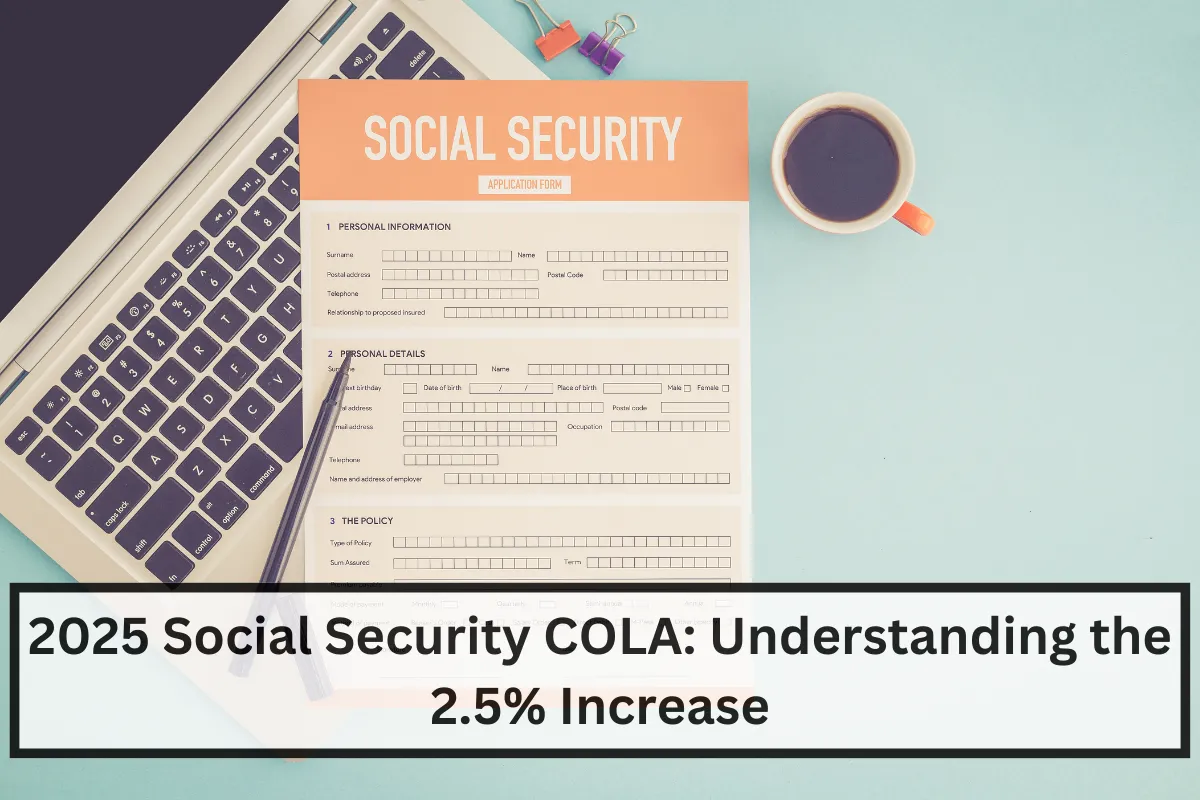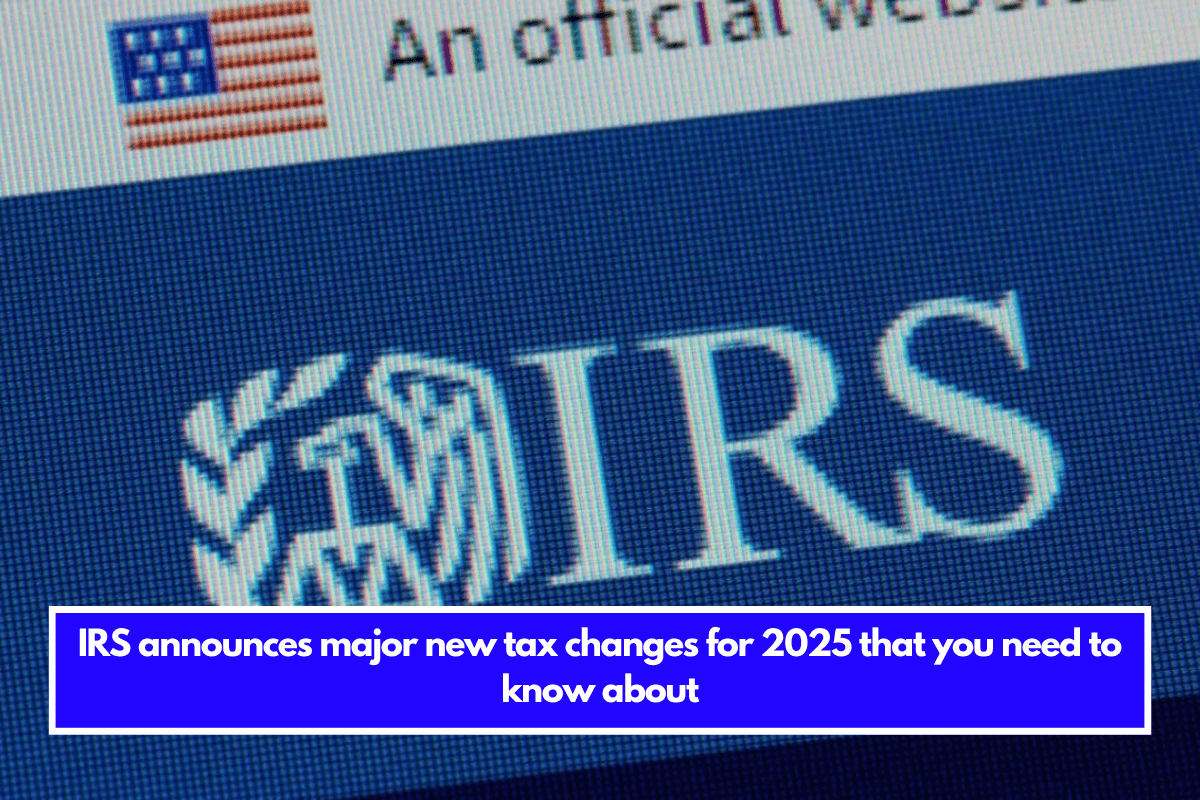In 2025, Social Security recipients can expect a smaller Cost-of-Living Adjustment (COLA) increase of just 2.5%.
This change comes after the high inflation rates seen in previous years, which made it difficult for many people, especially retirees, to manage their finances.
While inflation has slowed down in recent months, the lower COLA increase may still feel disappointing for some.
The 2025 COLA Change: What It Means for You
At the beginning of 2024, Social Security benefits were raised by 3.2% to match inflation.
Now, with inflation lower than it was during the pandemic years, Social Security recipients will see a smaller increase in 2025.
This was confirmed after the September Consumer Price Index (CPI) data, which tracks inflation and helps determine COLA changes.
Why the COLA Increase Is Smaller
Although a 2.5% increase may seem small, it’s not the smallest COLA in history. In some years, there was no COLA increase at all.
The higher increases of the past few years were driven by extreme inflation following the pandemic.
As inflation settles down and gets closer to the Federal Reserve’s target of 2%, smaller COLA increases are expected. This doesn’t mean that retirees are losing out—it’s just that prices are rising slower than before.
Understanding the Relationship Between COLA and Inflation
Social Security COLAs are directly tied to inflation. When inflation is high, COLAs tend to be higher as well to help keep up with rising costs.
In contrast, when inflation is low, COLA increases are smaller because prices are not rising as quickly.
This year’s lower COLA may feel like a letdown, but it also means that everyday costs are becoming less of a burden for retirees.
How to Adjust to the 2025 COLA
Even though the 2025 COLA is smaller than expected, it’s important to focus on the positive side.
A drop in inflation is good for everyone, including retirees, because it means things like food and gas cost less.
If you’re worried about managing on your Social Security payments, it may be time to review your finances and consider ways to save money or make extra income.
Here are some ideas to help with your finances:
- Downsize your living space: Moving to a smaller home can help reduce living costs.
- Consider side jobs: Entering the gig economy or finding part-time work could supplement your Social Security benefits.
- Apply for additional benefits: You may qualify for programs like Supplemental Security Income (SSI) or Supplemental Nutrition Assistance Program (SNAP) to help with expenses.
The 2025 Social Security COLA increase of 2.5% may not seem like much, but it’s important to put it in context. While inflation is slowing, the good news is that things are stabilizing, which means costs won’t rise as quickly.
It’s still a positive change, and with some planning, retirees can adjust to the new COLA and find ways to make the most of it.
Why is the 2025 COLA increase only 2.5%?
The 2025 COLA is smaller because inflation has slowed down compared to the past few years. Lower inflation means prices aren’t rising as quickly, so the COLA increase is smaller.
How is the Social Security COLA determined?
The COLA is based on the Consumer Price Index (CPI), which measures inflation. When inflation goes up, the COLA also increases to help Social Security benefits keep up with rising costs.
Is 2.5% the smallest COLA increase in history?
No, it’s not the smallest. There have been years when there was no COLA increase at all. A 2.5% increase is still better than none.
How does inflation affect my Social Security benefits?
When inflation is high, Social Security benefits rise more to help you cover the higher cost of living. When inflation is low, the COLA increase is smaller because prices aren’t rising as fast.
What can I do if the 2025 COLA isn’t enough to cover my expenses?
If you’re concerned about managing on your Social Security benefits, consider downsizing your living space, taking on part-time work, or applying for programs like SSI or SNAP to help with additional costs.




















